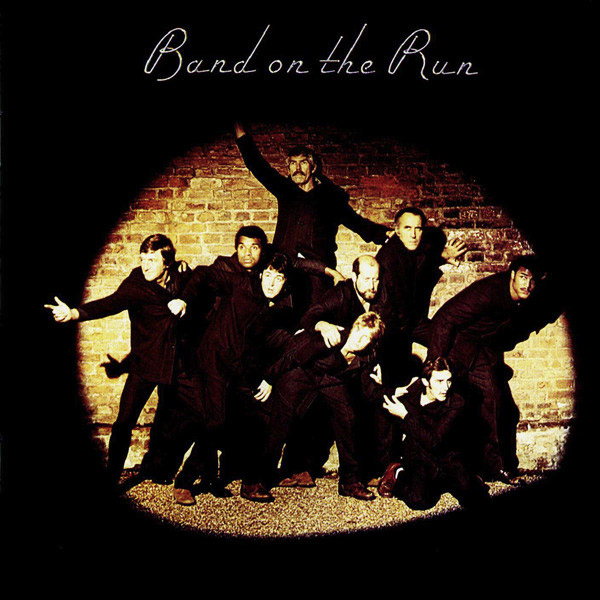
Band on the Run (1974)

1. Band on the Run
2. Jet
3. Bluebird
4. Mrs. Vandebilt
5. Let Me Roll It
6. Mamunia
7. No Words
8. Helen Wheels
9. Picasso's Last Words
10.Nineteen Eighty-Five
By the early 1970s, there was a growing chorus of voices — critics and fans alike — suggesting that Paul McCartney, post-Beatles, had rather lost the plot. His early solo offerings, though often charming, had done little to silence those clamouring for the sophistication and gravity of Abbey Road. Lightness was mistaken for lack of substance, whimsy for indifference. Then came Band on the Run, and with it, an emphatic reminder of what McCartney could do when he chose to take the job seriously. Whether born of determination or simply whim, this was the album that shut the critics up. For many, it remains not just McCartney’s finest solo hour, but arguably the best post-Beatles album by any member of the group.
The record appeared under the Wings banner, though “band” is perhaps a generous term. At the time of recording, Wings consisted of McCartney, Linda, and Denny Laine, the rest of the group having flown the coop just before sessions began in Lagos, Nigeria. What followed was a tour de force of musical self-reliance: McCartney played the majority of instruments himself, from drums to bass to guitars, with Linda’s harmonies and Laine’s guitar work filling in the rest. Any deficiencies in polish are rendered irrelevant by the strength of the songwriting — this is McCartney operating at full creative tilt.
From the first moments of the title track Band on the Run, it is clear that we’re in new territory. The song, shifting gears across three distinct musical sections, stands as a structural triumph, evoking memories of the Abbey Road medley and reminding listeners of McCartney’s flair for musical montage. It is, quite rightly, considered one of his all-time classics.
And it gets better. Jet, a thunderous second track and live staple ever since, showed that McCartney had not only embraced the synthesizer but was rather enjoying himself in the process. The song’s energy is unrelenting — part glam rock, part marching anthem — and its place as "second" in nearly every McCartney setlist since is no accident. It says, quite clearly, “you thought that was good? Wait for this.”
Let Me Roll It follows with a murky guitar riff and a vocal treatment so Lennonesque that many assumed it to be a pastiche or riposte. In reality, it was more of a peace offering — a soft-spoken response to Lennon’s vitriolic post-Beatles output. But such context hardly matters now. The song stands on its own as one of McCartney’s most enduring slow-burn rockers.
There is tenderness too. Bluebird, a sweet and delicate acoustic piece, hearkens back to Blackbird — though this version is more elaborately arranged, its lilting wings now clad in studio feathers. Five years may have separated The White Album from this release, but the sonic evolution is dramatic. McCartney had learned how to decorate his melodies without smothering them.
The album’s most curious inclusion may be Picasso’s Last Words (Drink to Me), a whimsical and oddly moving suite reportedly born from a challenge issued by actor Dustin Hoffman. Hoffman, it’s said, dared McCartney to craft a song on the spot using a quote from a magazine article about the painter’s final moments. McCartney obliged, and the resulting piece, full of fragments, reprises, and musical in-jokes, is one of the album’s most inventive excursions.
The beauty of Band on the Run lies not just in its cohesion, but in its sheer variety. It is both carefully constructed and delightfully unforced. That McCartney played most of it himself only adds to the achievement. Even the critics, usually slow to heap praise on his solo efforts, joined the chorus of acclaim. The album was named Rolling Stone’s Album of the Year in 1974 — a rare moment of consensus in the often fractious world of Beatles aftermath.
Band on the Run was, and remains, essential. If you own only one McCartney record, this is the one.
Go back to the main page
Go To Next Review